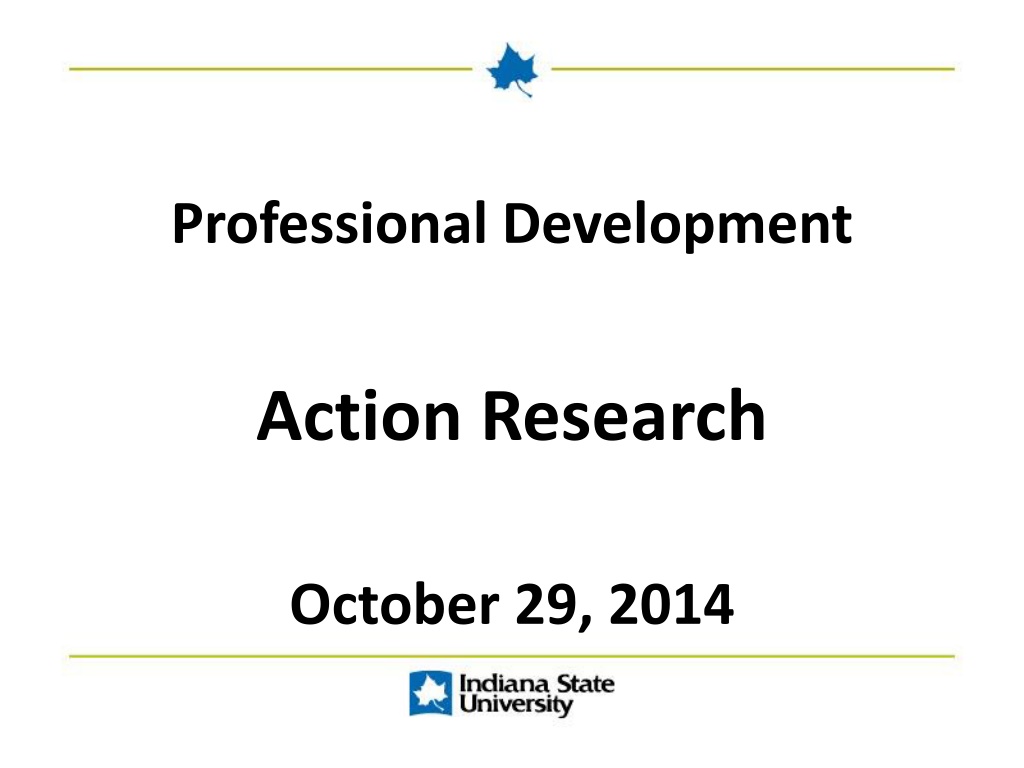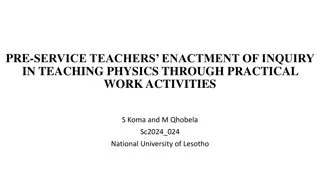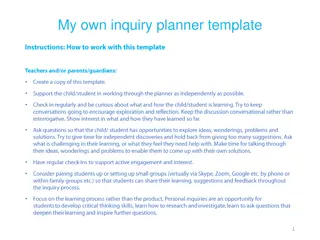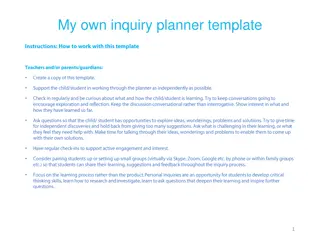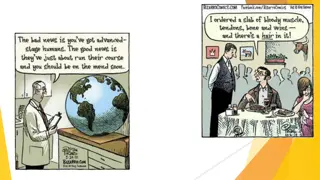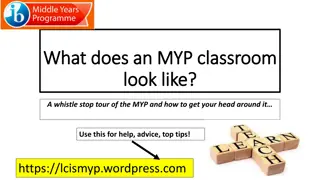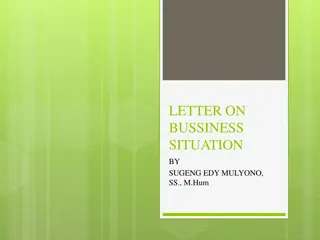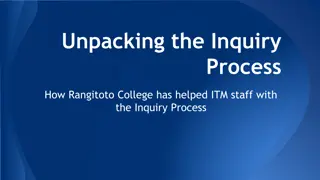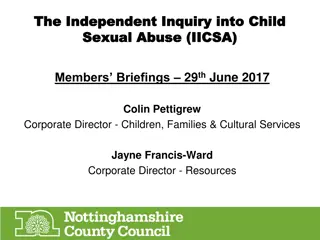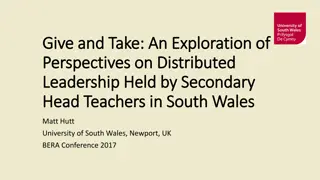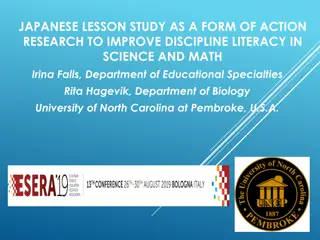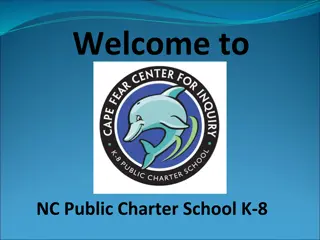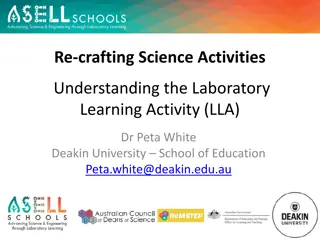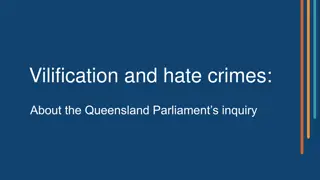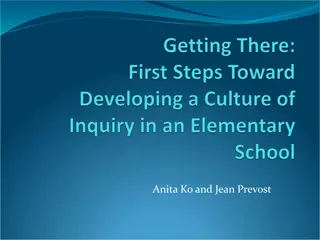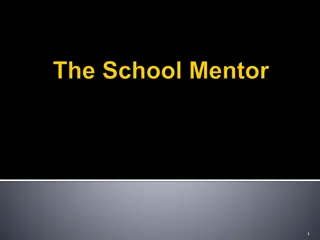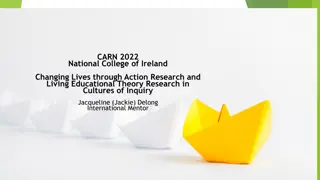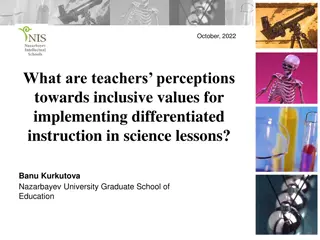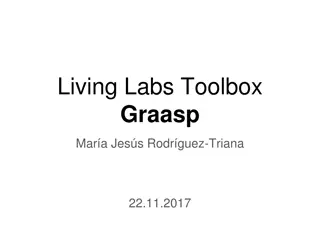Exploring Action Research: Empowering Teachers Through Inquiry
Dive into the world of action research and discover how teachers can use wonderings to formulate research questions, apply the Wondering Litmus Test, and focus on student learning and professional practice.
Download Presentation

Please find below an Image/Link to download the presentation.
The content on the website is provided AS IS for your information and personal use only. It may not be sold, licensed, or shared on other websites without obtaining consent from the author. Download presentation by click this link. If you encounter any issues during the download, it is possible that the publisher has removed the file from their server.
E N D
Presentation Transcript
Professional Development Action Research October 29, 2014
Goals of Presentation: Understand Action Research Be inspired and motivated to do Action Research
Wonderings Wonder is the foundation for formulating a researchable question based on issues, tensions, problems, or dilemmas experienced by the teacher. (Dana, 2013, p. 10)
Wonderings Activity Take 3 minutes and write down one wondering
Rarely does any teacher researcher eloquently state his or her wondering immediately. It takes time, brainstorming, and actually playing with the question . . . By playing with the wording of the wondering, teachers often fine-tune and discover more detail about the subject they are really passionate about understanding. (Dana & Yendol-Silva, 2009, pp. 57-58)
Now, take your wondering and apply it to the Wondering Litmus Test.
Question 1: Is your wondering something you are passionate about exploring?
Question 2: Is your wondering focused on student learning?
Question 3: Is your wondering a real question (a question whose answer is not known)?
Question 4: Is the wondering focused on your practice?
Question 5: Is your wondering phrased as dichotomous (yes/no) question?
Wondering ideas: Perhaps a particular learner or group of learners is/are -struggling with the content you are teaching. -not behaving in ways that are conducive to your classroom environment. -advanced academically and have already mastered the curriculum you are charged with teaching this year. -coming to school hungry, without basic health care.
Question 1: Is your wondering something you are passionate about exploring? Example: How does one create a student-driven versus teacher-driven afterschool session?
Question 2: Is your wondering focused on student learning? Example: In what ways will implementing a mini- lesson series on organization with three first0grade special-needs students impact the quality of the work they are able to produce throughout the school day?
Question 3: Is your wondering a real question (a question whose answer is not known)? Example: How do my struggling readers experience reading time in my third-grade classroom?
Question 4: Is the wondering focused on your practice? Example: What strategies can I incorporate as a virtual school teacher to support my Spanish II students who have fallen significantly behind the pacing schedule and/or have logged into the class infrequently?
Question 5: Is your wondering phrased as dichotomous (yes/no) question? Example: What is the relationship between teachers analysis of ISTEP+ data and changes they make to their reading practice?
Thank you! Contact me if you have questions and/or want to share your wondering stories with me! Bobbie Jo Monahan, Ph. D. bmonahan@indstate.edu
Dana, N. F. (2013). Digging deeper into action research: A teacher Inquirer s Field Guide. Thousand Oaks, CA: Corwin.
